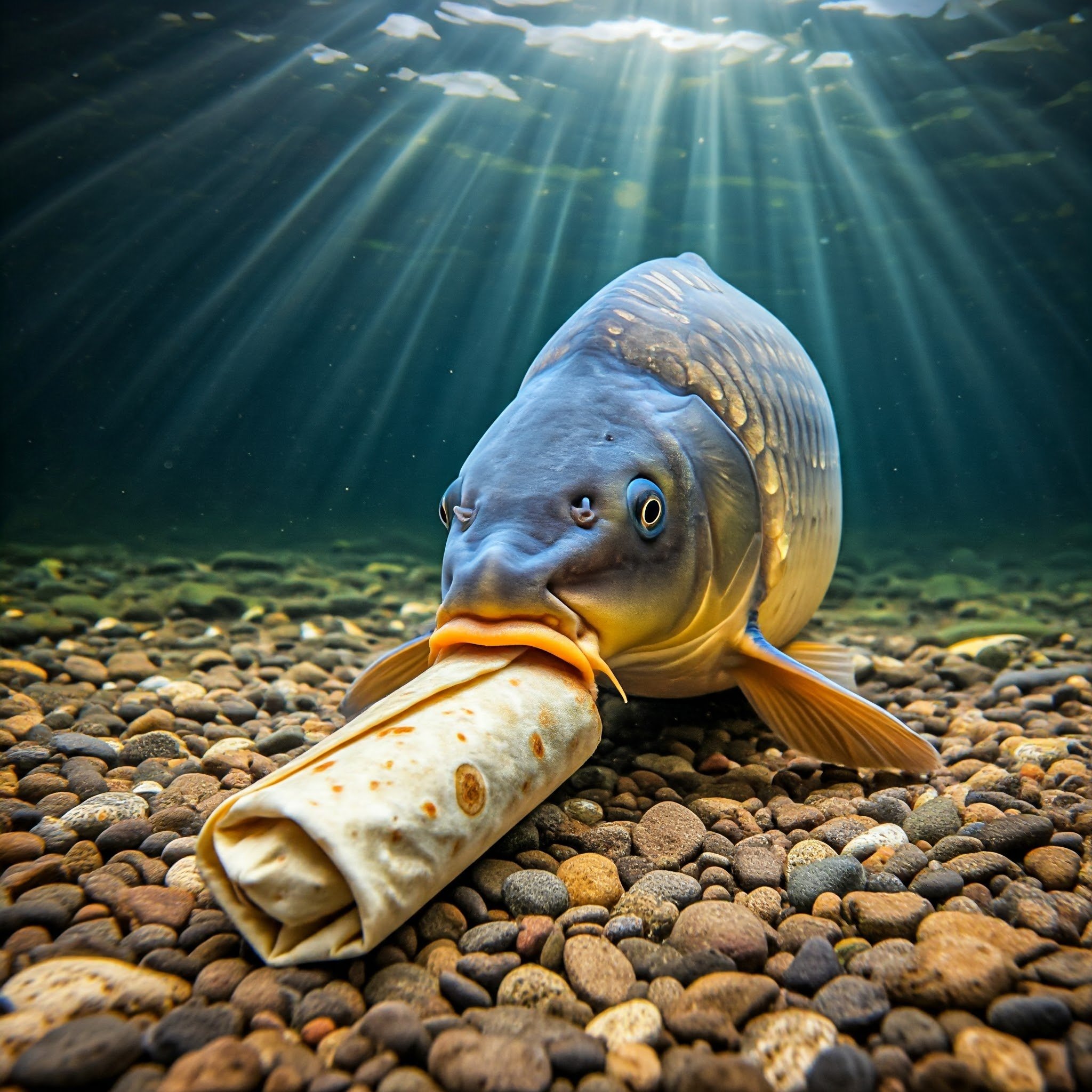Leave Fish to Find Fish
We’ve all heard the saying “don’t leave fish to find fish”, usually it’s an older gentleman who has fished “for longer than you’ve been alive son”, but only a couple days a year. Every time I hear someone say this it is like they think they’ve found the deepest wisdom, the secret to life, but in truth, there are a lot of situations where you should leave fish to find better fish, especially when fly fishing for carp.
THE carp you want to find
Due to the very visual nature of fly fishing for carp, you tend to see a lot of carp doing a lot of different things, like sitting still, cruising over deeper water, feeding in shallow water, and more. Not all of those carp that you see are good targets, oftentimes you need to leave “bad” carp and move to find “good” carp.
Let’s say you come across a group of fish sitting in waist deep water, suspended about a foot below the water surface and not moving. Those are not actively feeding fish, yet one of the most common situations a beginner carp angler makes is to get stuck on these fish. In a sense, it makes sense, you see fish, why would you risk leaving these fish for a chance of finding other fish? Sometimes the fear of loss holds us back..
Carp cruising in open water
Fly fishing for carp is a game of stacking the odds in your favor, and with fish that are not positively feeding, it is often best to abandon those and look for active feeders. That doesn’t mean the non-active fish are useless to you, make note of where they were, in a few hours those fish could turn positive and either feed on the surface, or move into a flat nearby to feed.
Actively feeding carp tend to be rooting around on the bottom, or cruising slowly, stopping to feed, or if cruising in open water the active feeders will be moving at walking speed or slightly slower, and opening their mouths occasionally to feed on something suspended in the water column. When they feed on the surface, they are obviously breaking the water surface with their mouths or just the top of the head will show if they are feeding on emergers. But it tends to be pretty obvious when they feed on the surface film. Dissecting what the rise forms tell us about what they are feeding on is a topic for a whole separate article, but at least you’ve figured out that they are actually feeding and worthy of spending your time on them.
A stationary carp just sitting there is not an ideal target - leave!
Feeding behavior isn’t the only thing that you should keep in mind when deciding whether to move on or stay with the fish that you’re seeing. Sometimes you’ll see a carp feeding, but it’ll be in a area where it’s tough to make a presentation, or the visibility (due to glare, water clarity, etc.) is such that you may see the general outline of a feeding fish, or see the whole fish, but the location is tougher to reach, or trying to reach that area might spook other fish, or spooking that fish might spook other, more ideal candidates to cast at.
The point being, you should always be looking for carp doing the things you want them to be doing. Of course there are situations where you need to make do with what you got - but when the option of finding a positive feeding carp is open, you want to find those. Don’t get stuck following the old “rules” of the game - be better.



